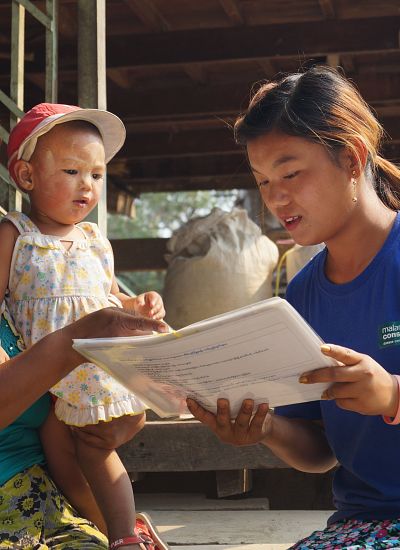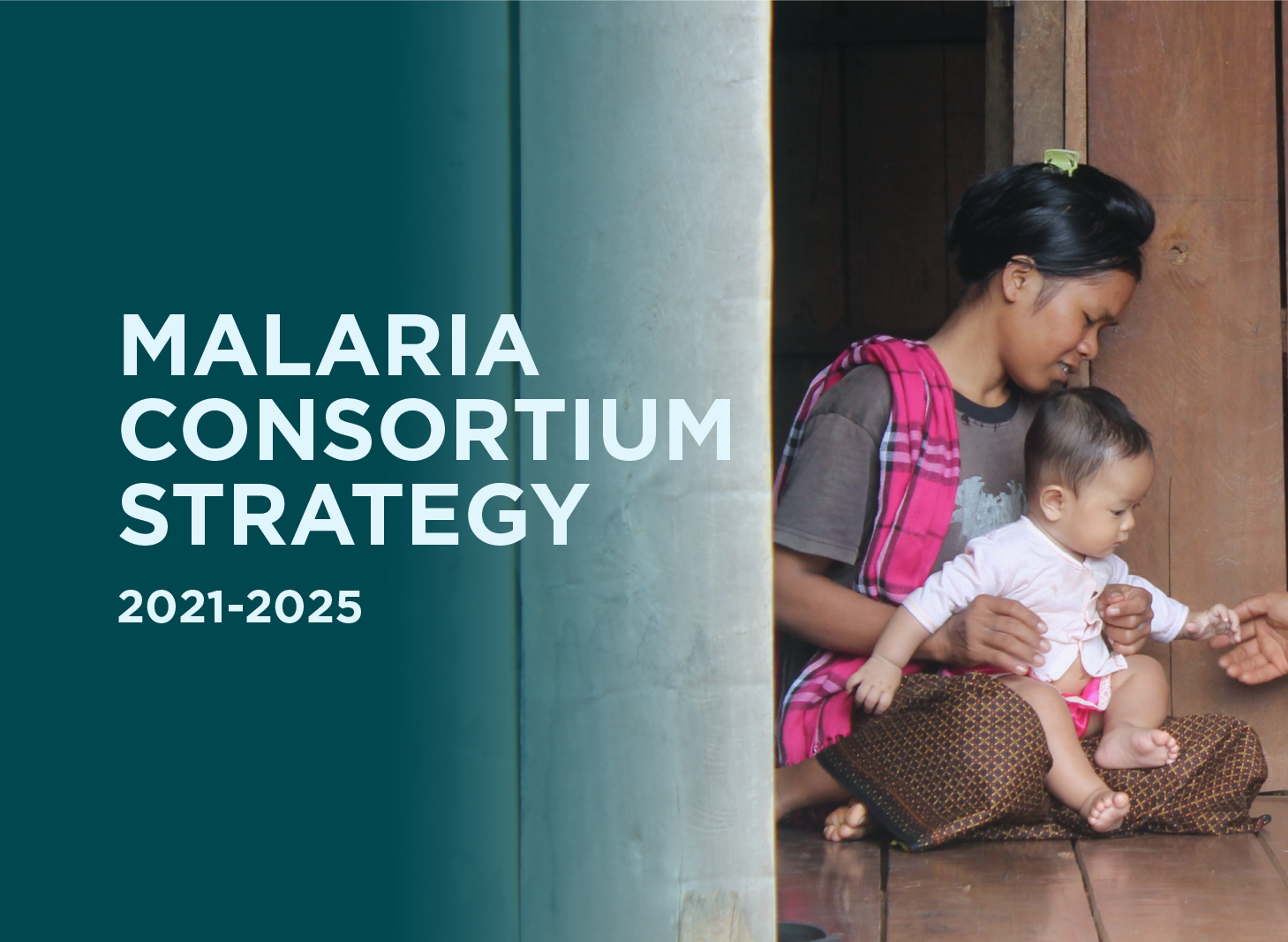
Project
Evaluation of Spatial Repellents
Vapour phase spatial repellents deter mosquitoes from attacking one or more humans in a protected space. Furthermore, recently developed mathematical models suggest that highly efficacious repellents can also be effective when used in outdoor areas. Examples of spatial repellent products include mosquito coils and vaporizer mats. Kerosene lamps containing transfluthrin and vegetable oil are a cheap and effective means of dispensing repellents and are easy to use for most people. However, these require frequent replacement of ingredients and need external sources of energy such as combustion or electricity. Passive methods of delivering spatial repellents without the use of external energy sources are highly desirable for mobile migrant workers, forest goers, police and military personnel who are often unprotected when working outdoors. Current products such as metofluthrin have been found to be effective in protecting against mosquito bites in Southeast Asia, Tanzania and Indonesia. In collaboration with S C Johnson & Son, Inc., Malaria Consortium will be testing transfluthrin treated clothing for as a potential repellent against malaria-carrying mosquitoes in Thailand.
Back
